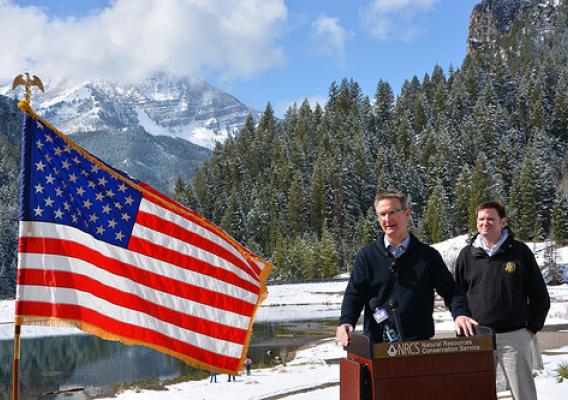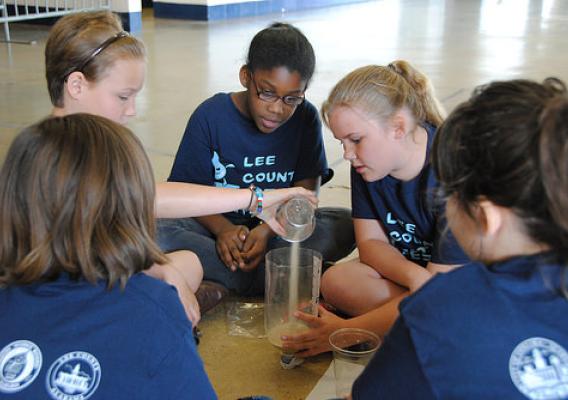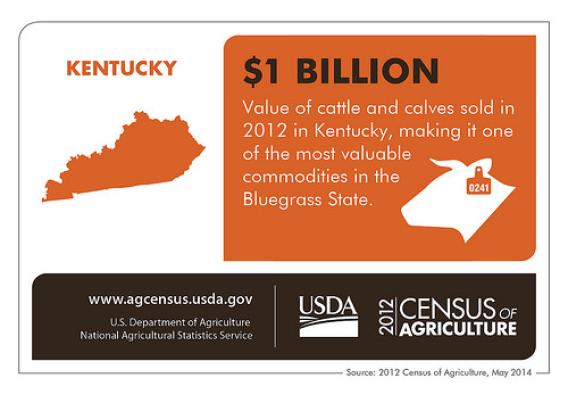The Census of Agriculture is the most complete account of U.S. farms and ranches and the people who operate them. Every Thursday USDA’s National Agricultural Statistics Service will highlight new Census data and the power of the information to shape the future of American agriculture.
Living and traveling in Oregon offers many great opportunities – from exploring the vast outdoors, to discovering Portland’s hotspots, to treating your taste buds to a festival of locally-grown foods. With more than 230 agricultural commodities raised in our state, Oregon agriculture delivers a festival for foodies according to the latest Census of Agriculture. Whether you are visiting the state or are an Oregonian, this means you have great access to buy and enjoy Oregon Agriculture!
According to the 2012 Census of Agriculture, the value of Oregon’s agricultural products reached nearly $5 billion. Of that, $44.2 million was from direct sales to consumers through places such as farmers markets, roadside stands and community supported agriculture programs (CSAs). Also, 1,898 farms marketed products directly to retailers, including Oregon restaurants featuring farm-to-table menus. So if you are looking to shop and eat in our state, we have an abundance of delicious, fresh and local options.








